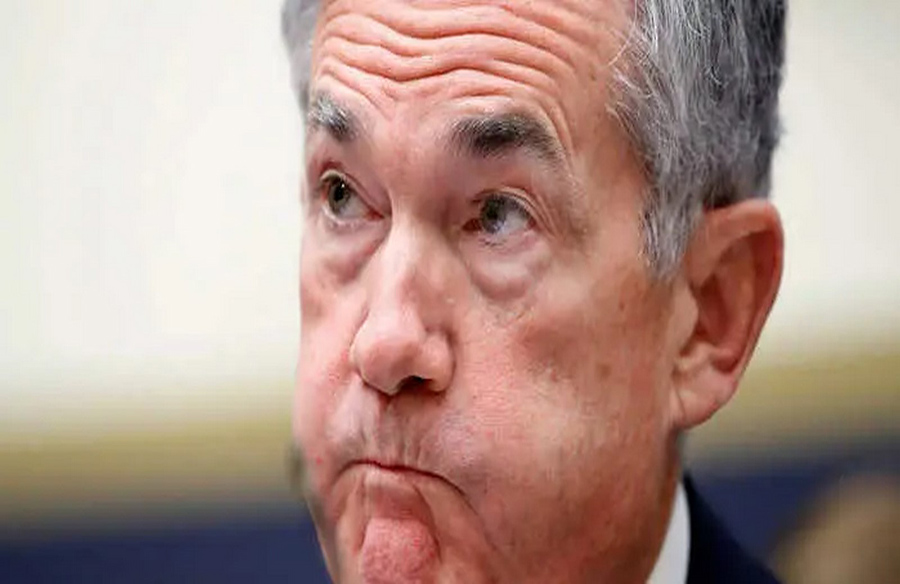
Toward the end of 2023, expectations for interest rate cuts soared amidst a backdrop of robust stock performance and discussions of a potential “soft-landing.” However, as 2024 commenced, a series of economic reports painted a more nuanced picture, leading to renewed conversations about Federal Reserve policy adjustments.
Shift in Economic Indicators
Key economic indicators in January 2024 signaled potential challenges to the prevailing narrative of easing monetary policy:
January CPI surpassed expectations, rising 3.1% year-over-year.
January PPI also exceeded forecasts, climbing 0.3%.
Nonfarm payrolls saw robust growth, rising to 353,000, surpassing expectations.
US GDP grew at a rate of 3.3% in the fourth quarter, exceeding estimates.
These indicators, coupled with a resilient housing market, bolstered arguments for the Federal Reserve to maintain higher interest rates for an extended period. Former Treasury Secretary Larry Summers further emphasized this outlook, suggesting a “meaningful” possibility of the Fed’s next move being an interest rate hike.
Market Response and Policy Shift
Market sentiment began to reflect this potential shift, with traders revising expectations. Betting on a March interest rate cut dwindled, and data from Bloomberg highlighted diminishing expectations for moves in May and June.
CME’s FedWatch Tool underscored this trend, showing reduced odds of a quarter-point cut in March and an increased likelihood of no adjustment in May. While experts consider rate hikes unlikely this year, the resurgence of these discussions is noteworthy.
Persistent Inflation Challenges
Part of the inflation surprise in January can be attributed to the “January effect,” a phenomenon characterized by price fluctuations at the start of the year. Owners’ equivalent rent (OER), a significant component of CPI, emerged as particularly resilient, outperforming primary rent measures.
Analysts at Goldman Sachs noted that the persistent OER-rent gap could impact core PCE inflation, potentially prolonging inflationary pressures. A rebound in the housing market might further exacerbate these challenges, adding pressure on the Fed to navigate between recessionary risks and inflationary concerns.
Forward Guidance and Economic Outlook
Despite markets reconciling with a prolonged period of higher interest rates, uncertainty persists. The Fed’s December projections suggested three rate cuts in 2024, yet markets anticipated a more aggressive approach. Recent comments from policymakers and economic indicators suggest a convergence of views, with the possibility of a more restrictive monetary policy stance.
While some economists entertain the prospect of rate hikes, others anticipate policy easing later in the year. The Fed remains vigilant against inflationary pressures, emphasizing the importance of anchoring inflation expectations.
In summary, the resurgence of discussions surrounding interest rate hikes underscores the evolving economic landscape and the complexities the Federal Reserve faces in navigating inflationary pressures while fostering economic growth.










Leave a Reply